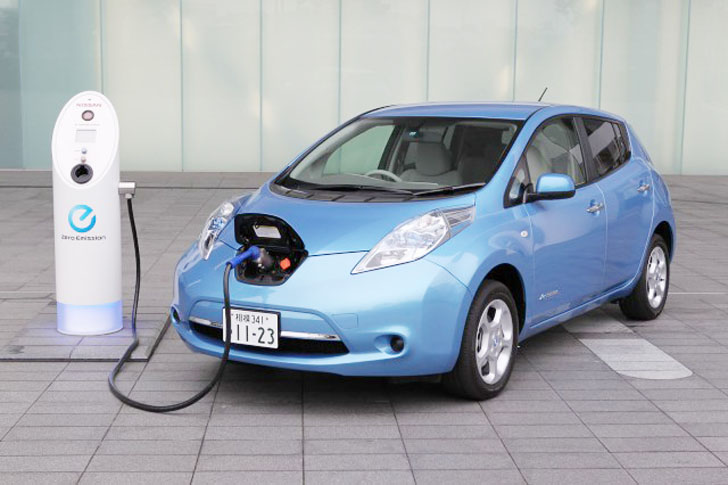Electric cars have advantages in terms of practicality of daily use. In addition, electric cars are also known for their instant power and torque which is directly channeled to the wheels.
There are no more complicated mechanical components like those in conventional cars. The series of components of an electric car is much different when compared to a conventional car.
There are various components in electric cars and their respective functions that make the performance of electric cars commensurate and even exceed the performance of fossil fuel cars. Here are some of the main components in electric vehicles.
Traction battery
The main function of the traction battery component is to store and transmit direct current to the inverter, which is then used to drive the traction motor. When the controller sends a signal, the traction battery will immediately transfer this electric current so that it can drive the traction motor.
See also: Everything You should know about the difference beetwen Electric cars and hydrogen cars
The traction battery is built with a sturdy and robust structure to prevent this most important component from being damaged easily. In addition, the traction battery is also designed to be recharged many times. Generally, traction batteries are lithium-ion type due to their good durability.
Inverters
Direct current (DC) electric current from the traction battery will be flowed to the inverter first to be converted into alternating current (AC) electric current. So, when the controller sends a signal to the traction battery, the DC electricity is converted into AC electricity by the inverter to drive the traction motor.
See also: Safe Caring for Electric Cars when it’s Raining
Conversely, when braking occurs, the inverter converts AC electric current to DC. Use it to be able to charge the battery again. The inverter also controls the pressure on the gas pedal, which allows the inverter to accelerate and decelerate the motor. In electric cars, usually the inverter used is a bi-directional inverter.
Traction motor
A traction motor is an electric dynamo whose function is to drive the transmission and wheels. It can be said that the traction motor is an electric car component that is very important in the performance of the electric car you drive. The traction motor can rotate up to 18,000 rpm.
See also: Can an electric car be washed with water, just like treating a normal car?
The most widely used type of traction motor is the Brushless DC Traction Motor (BLDC). While in battery-powered electric cars (BEV), the traction motor replaces the Internal Combustion Engine (ICE) function.
Controller
The controller has the main function as a regulator of electrical power that is channeled from the battery to the inverter, then drives the traction motor. The signal sent by this controller comes from the car pedal that the driver steps on. The car pedal also regulates how much pressure and frequency is applied to the motor, thus affecting the speed of the car.
Auxiliary battery
Electric cars apparently have more than one battery, namely additional electrical power in the form of an auxiliary battery. This electric car component is used as a storage area and a provider of electric current to turn on car accessories that are not included in the main component.
See also: 6 Types of Electric Vehicle Batteries You Need to Know
Examples such as air conditioners in cars, wipers, alarms, car lights, and so on. In addition, the auxiliary battery can also be used as a backup battery if at any time the traction battery has problems.
Chargers
Charger is included as an electric car component that is supportive. The way the charger works is to charge the battery with AC electric current from PLN, then it is converted into DC electric current which is stored in the traction battery.
In general, there are two types of chargers for electric cars, including on-board chargers that are installed in the interior of the car. Then off-board charger which is outside the car exterior.
Thermal system
When you drive an electric car, the temperature in the car engine becomes hot. This is where the role of the thermal system, which is an electric car component that functions as a car engine cooler. This also includes maintaining the temperature of the traction motor and various other electrical components. That way, the car’s components remain in normal temperature even though the electric car is driving fast for a long time.
DC converter
The DC electric current obtained from the traction battery is high-voltage, so a DC converter is needed to convert it into a low-voltage electric current. The goal is that the electricity can be used by other electric car components that require low-voltage electricity. Finally, the DC converter also functions as a tool to charge the battery.


[…] 8 Main Components of Electric Vehicles you need to know […]